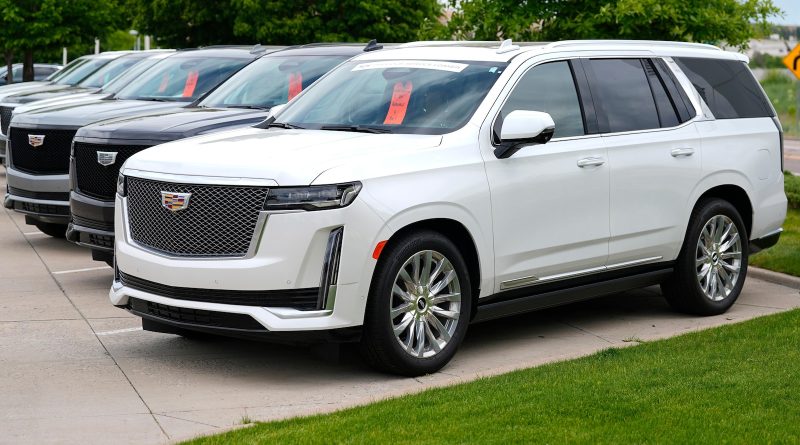General Motors Sees 15% Profit Boost in Q2 as U.S. Vehicle Prices Approach $50K
DETROIT — General Motors (GM) has reported a 15% increase in net income for the second quarter, driven by high vehicle prices in the U.S., which now average nearly $50,000. For the period of April through June, GM earned $2.92 billion on $47.97 billion in revenue, surpassing analyst expectations. Excluding one-time items, the company’s earnings per share hit $3.06, beating Wall Street estimates by 35 cents.
Despite predictions of larger vehicle inventories and more discounts, GM’s Chief Financial Officer Paul Jacobson indicated that significant price cuts are not anticipated. Although the average sales price dropped slightly from the previous year, GM sold 903,000 vehicles to North American dealers during the quarter, a 70,000 increase from the same period in 2023. Sales in international markets, however, fell by 7,000 to 140,000 units.
Earlier this year, GM had forecasted a 2% to 2.5% price decrease, but Jacobson now expects a more modest decline of 1% to 1.5% for the remainder of 2024. The slight decrease in average sales price was attributed to a higher share of lower-priced vehicles like the Chevrolet Trax. Nevertheless, GM saw strong sales of pricier pickup trucks and larger SUVs.
In June, the average price paid by U.S. buyers was $47,616, marking a 0.7% decrease from the previous year. Discounts per vehicle have more than doubled to $1,819, according to Edmunds.com.
GM has managed to maintain stable pricing and grow its U.S. market share despite the increase in new-vehicle inventory and discounts. The company slightly adjusted its full-year net income guidance to a range of $10 billion to $11.4 billion, attributing this to robust sales and pricing.
Looking ahead, GM expects to produce and sell 200,000 to 250,000 electric vehicles (EVs) this year, with plans to increase output as battery plants in Tennessee and Ohio come online. To boost awareness of its EV lineup, GM has allocated an additional $400 million for marketing in the second half of the year, although total marketing spending is expected to be lower than in 2023.
Additionally, GM invested $500 million in its Cruise autonomous vehicle unit during the second quarter but has postponed the development of the Origin robotaxi. Cruise will now use next-generation Chevrolet Bolt EVs for autonomous passenger transport, with adjusted revenue targets for the service.

